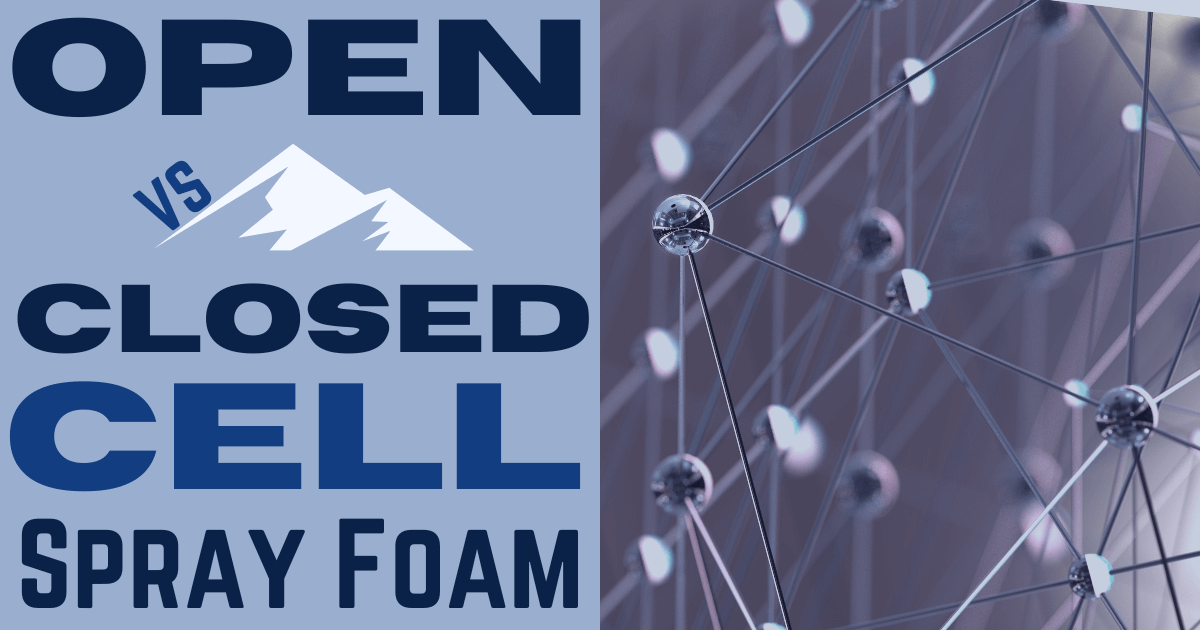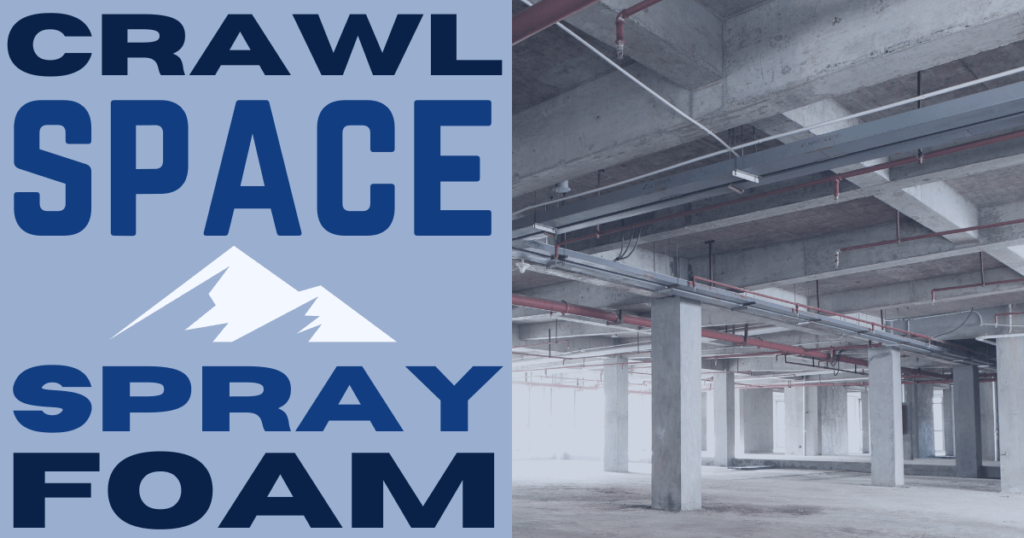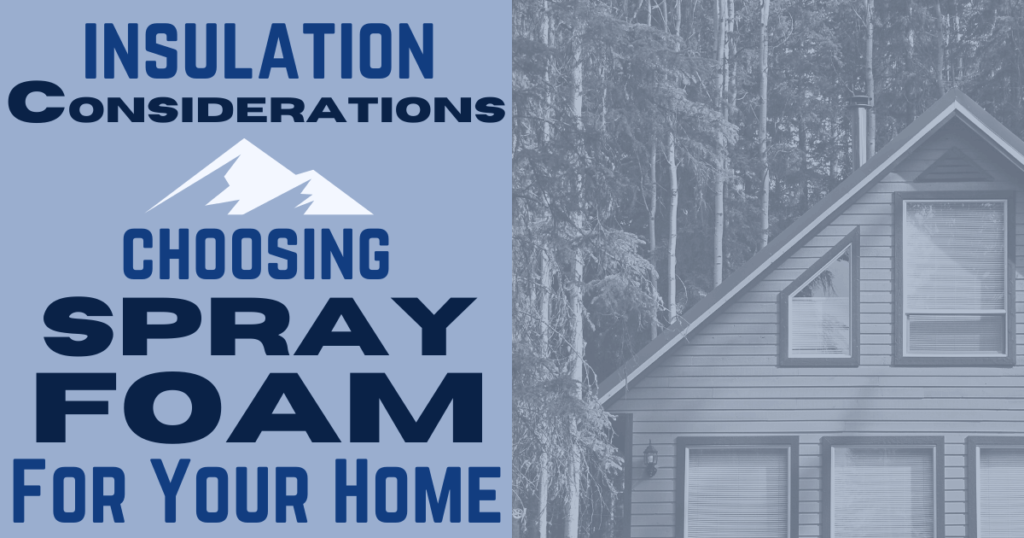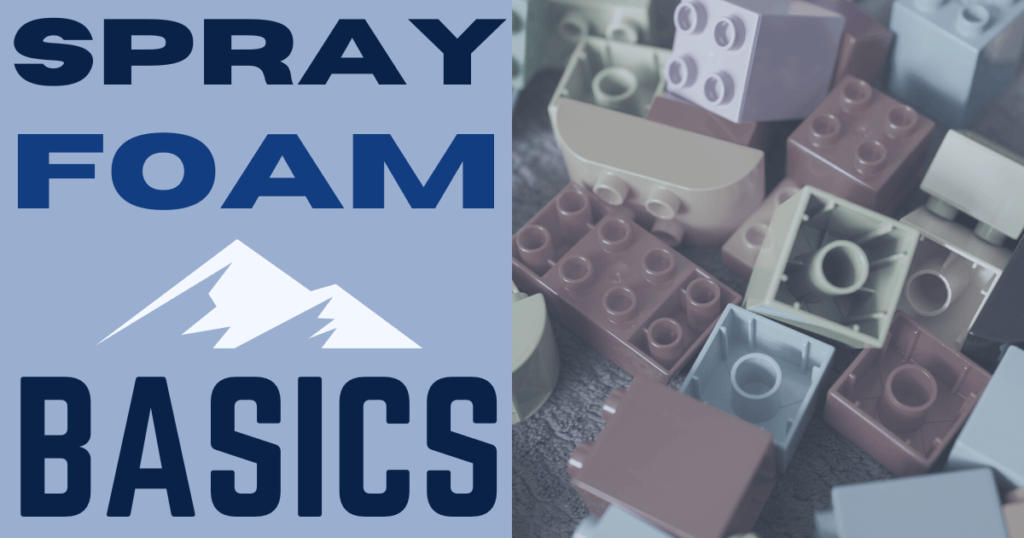Open-Cell vs. Closed-Cell Spray Foam Insulation – A Guide for Alaskans
We live in a technological age.
This is a world with information at our fingertips!
And although such easy access to the information we seek can be wonderful, finding reliable sources of accurate information can be a challenge.
We have good news for you – you’ve found the right blog for reliable information about spray foam insulation!
At Xtreme Alaska Spray Foam, we are honest, hard-working people that care about you and your family.
That honest, caring mentality goes into everything we do – including producing these blog posts for you.
We work to ensure that the information you find on our site is accurate and helpful.
And we want you to feel comfortable asking questions about our products!
We are here to answer those questions and to respond in an uplifting way – be it on the phone, over email, or in a blog post.
We are here to empower you!
After all, you’re the one improving your home or barn by installing spray foam insulation – we are simply helping you do that!
It’s all you, man!
So. Are you wondering which spray foam is right for your insulation job?
Let’s dive deeper into the two main types of spray foam insulation – open-cell and closed-cell foam – so you can choose the best type of foam for your insulation need.
Open-Cell Spray Foam Insulation
Insulation is used in buildings to stop (or slow) heat transfer across a barrier, such as a wall in your house.
No insulation material forms a more protective barrier against the elements than spray foam insulation!
But not all climates are created equal, and not all spray foam jobs are meant to keep your kids warm at night.
There are many applications for spray foam – including insulation, of course – but since location and job type differ, spray foam types differ, also.
There are two main types of spray foam insulation – open-cell and closed-cell.
When sprayed in a wall cavity, open-cell foam insulates using a matrix of interconnected air pockets.
Since this foam type traps air as part of its insulating mechanism, it weighs significantly less than its closed-cell counterpart, and the foam that forms when you spray open-cell is soft and pliable.
Open-cell foam expands very effectively when sprayed. Because of this expansion, open-cell foam is excellent at insulating difficult-to-reach places in the home. It also has great sound-dampening properties – so you can hear yourself think while relaxing on your couch, despite your dog barking down the hall!
All spray foam – including open-cell varieties – creates air-tight seals when cured, and open-cell spray foam produces an R-value of ~R4 per inch.
Air-tight seals save you money on your energy bills! Score!
But how do you know what R-values you need for your home or barn? By checking your local building regulations.
Building regulations differ from region to region based on climate. No matter where you are, though, local building codes will require insulation to display a specific R-value in any given structure. Generally speaking, those R-value requirements will be higher for regions with harsher climates.
Since there is a limited amount of space to work within the wall cavity of a building, and open-cell foam takes up more space than closed-cell to reach high R-values, open-cell foam is best suited to insulate homes in mild climates.
If you live in a rugged environment like Alaska, closed-cell foam might be better suited for your spray foam job.
Let’s discuss the properties of closed-cell foam now!
Closed-Cell Spray Foam Insulation
The second type of spray foam insulation is closed-cell foam.
Unlike its open-cell counterpart, closed-cell foam forms a matrix of separate – or “closed” – cells when sprayed, and does not expand to the same extent as open-cell foam.
Substances called “blowing agents” – which help propel spray foam onto the receiving surface – are trapped within the cavities of closed-cell foam. These gases are often more effective insulators than the air found in open-cell foam, and add to the insulating properties of the foam when it is cured.
Rather than the soft, pliable insulation open-cell foam creates, closed-cell blends are rigid after curing.
And that’s good.
Closed-cell’s unique structure and high density create R-values of ~R7 per inch, making this type of foam suitable for insulating homes in harsher climates, like Alaska.
The dense, rigid, “closed-off” nature of closed-cell foam creates an air-tight barrier, like open-cell foam does – but it doesn’t stop there! Once cured, closed-cell foam isn’t just air-tight but moisture-blocking as well!
That’s right – closed-cell foam be used as a vapor barrier!
And while it is a fantastic characteristic for insulating a home or building, closed-cell foam’s moisture-blocking capabilities make it suitable for a wide array of other, less-typical applications.
Like increasing the buoyancy in your boat.
Or providing floatation for the dock at your favorite fishing pond.
Or repairing the foundation of your home or barn through concrete lifting.
Closed-cell foam is the “jack-of-all-trades” type of spray foam. It can do almost anything!
Just like you.
Xtreme Alaska Spray Foam is here for you – and all of your spray foam needs.
If you need help deciding which type of spray foam you need for a job, give us a call!
We are more than happy to help.
Conclusion
Navigating the information-heavy internet for reliable, accurate sources can be a challenge.
But if you’re looking for an honest, reliable source of information about spray foam insulation, look no further!
At Xtreme Alaska Spray Foam, we are here to help you find your way in the world of spray foam.
We encourage your questions.
And we admire your curiosity and drive to improve your life by installing spray foam insulation!
Be it insulating your house or toy trailer or increasing buoyancy in your boat, Xtreme Alaska Spray Foam is here for you.
We care about your well-being and truly believe that spray foam can increase your quality of life – and lengthen the life of your valuables, to boot!
And we want you to feel comfortable and well-informed about the products we spray for you.
Open- and closed-cell spray foams are both excellent for numerous applications. If you need help deciding which type is best suited for your spray foam job, give us a call!
We will be happy to answer any questions you might have.







